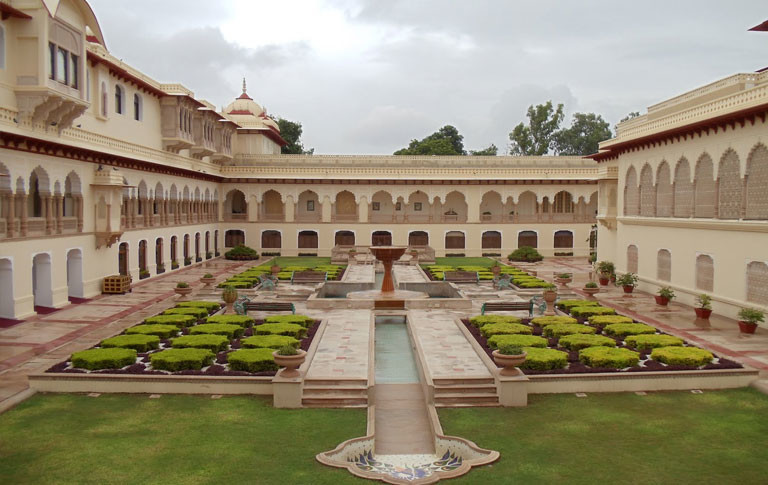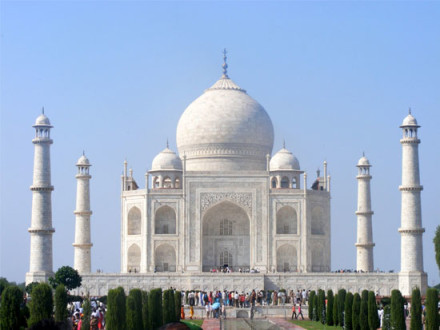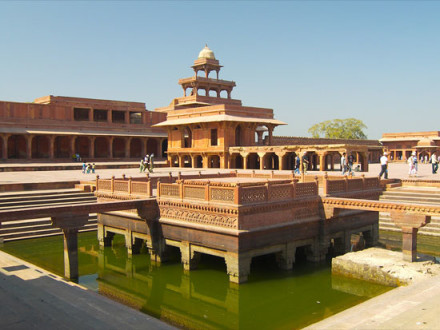Built by Babur a great Mughal emperor is the oldest Mughal garden in India- the Ram Bagh. This monument is located at about five kilometer distance from Taj Mahal. It is said that when Babur died his corpse was buried in Chaubureja palace for a short moment very close to the Itimad-Ud-Daula tomb during the 1530’s. However after some time the remains of Babur were taken to Kabul.
Ram Bagh was originally called Aram Bagh but under the ruler ship of the Marathas it was called Ram Bagh. Jahangir ensured the garden was well maintained. The beauty of the garden increases with the paintings and epigraphical evidences seen around. There are huge colossal walls enclosed in the garden and the corner stones have pavilions that are pillared and crowned.
The intricate aspect about the gardens is the crowned pillars. There are quarters which have been divided by the small pathways. There is another terrace from which from where you have steps that will take you to the Hamam. The hamam were bathing areas of sophistication for the royals. Today the rooms of the Hamam are in ruins. However you can still find a one vaulted roof as a proof of the intricate work of architecture. On the north side of the garden there are rows of ruined houses that have a gateway and are built of sandstone. There are placed at each end but in ruins.
Ram Bagh bears not similarities to the pattern and appearance of the Char Bagh. However there are confirmations about its resemblance to the pattern of Bagh-Hasht-Behisht. Ram Bagh has been beautifully designed and is maintained in three levels. The first level houses flowers and vegetables; the second level comprises of flower beds along with stone paved terraces and stalls. And the third section comprises of tanks, structures and terraces.
Ram Baghis a Persian style garden that comprises of pathways and canals. The way the divisions of the garden have been placed, they are all representative of the ideal Islamic paradise. The garden has several water courses and fountains. The garden was originally known as Aarambagh- the resting garden, which was corrupted and reduced to the name “Ram bagh”. This garden is known by several other names like Alsi bagh-the lazy garden, Bagh- I – nur-Afshan– Light scattering garden and more.
Legend has it that Akbar spent 6 lazy days doing nothing to get a nod from his third wife whom he had proposed in this very garden. She was a lady gardener at the garden. Historians have stated that Jahangir waited in this garden for the auspicious hour to enter Agra fort after he conquered the Fort of Kangra. The architecture was indeed well preserved and today the world can see the great garden designing skills of his beloved wife- Nurjahan.
The garden is open to general public from Sunrise till sunset. Citizens of select countries touring Agra might have to pay garden visiting charges that might vary from Rs 5 to Rs 100 depending on the country you are





